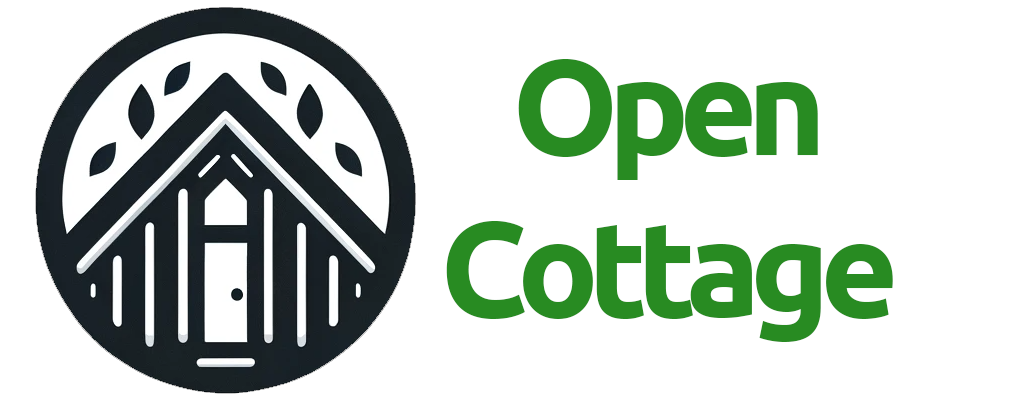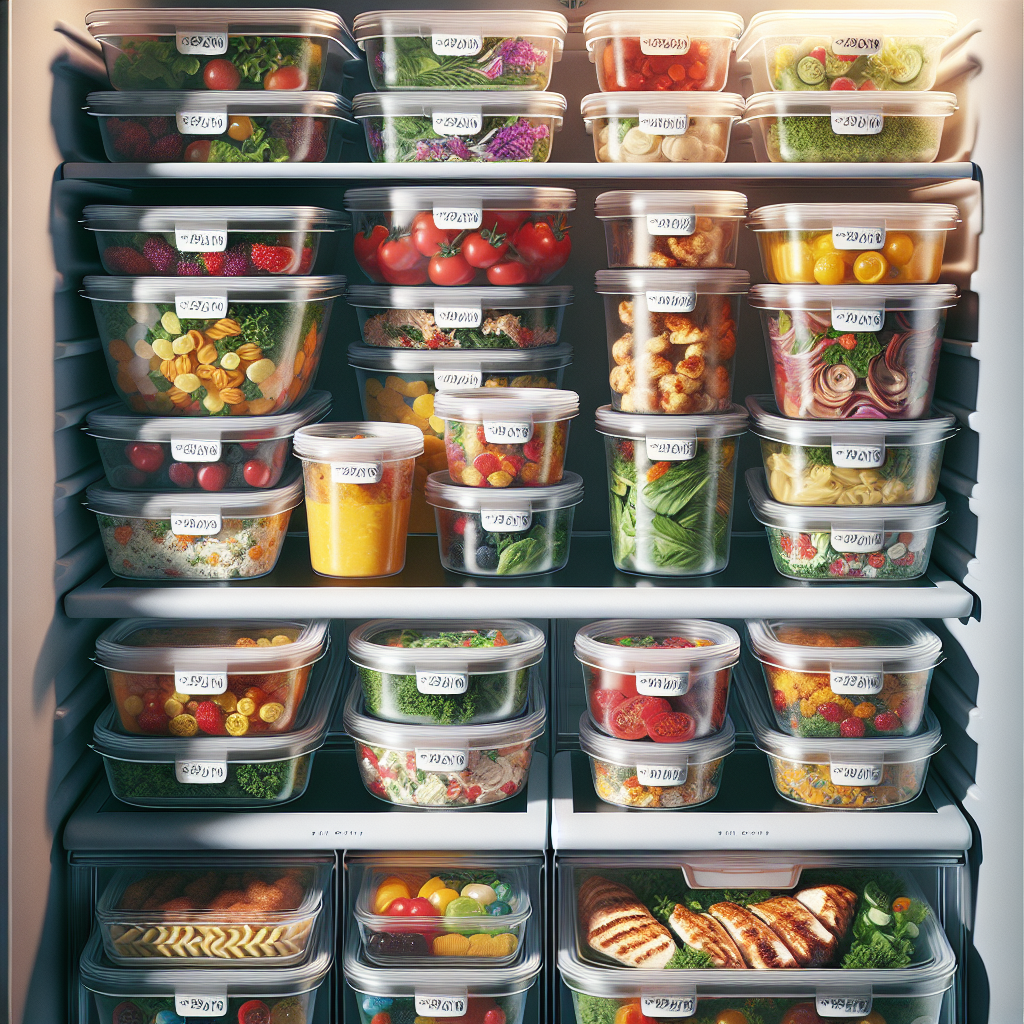The Importance of Labeling Your Meals: A Guide to Safe and Organized Meal Prep
In today’s fast-paced world, meal prepping has become a go-to strategy for many. It saves time, reduces food waste, and helps maintain a healthy diet. However, amidst the hustle of prepping multiple dishes at once, it’s easy to overlook one crucial detail: labeling your meals with the date they were prepared. This simple yet effective practice can significantly enhance your meal prep game. Here’s why you should make it a habit.
1. Food Safety
One of the primary reasons to label your meals is food safety. Proper food handling and storage are essential to prevent foodborne illnesses. By noting the date on your containers, you can easily track how long your meals have been stored. Most cooked foods are safe to eat for 3 to 4 days when stored in the refrigerator. In the freezer, meals typically last 2 to 3 months. Labeling helps ensure you consume foods while they are still fresh, avoiding potential health risks.
2. Minimizing Food Waste
Food waste is a global issue, and a significant contributor is forgetting about leftovers lurking in the back of the fridge. With labels indicating when a meal was prepared, you’re less likely to discard perfectly good food simply because it’s been forgotten. By staying organized, you can plan your meals around what needs to be consumed first, leading to less waste and saving you money.
3. Enhancing Meal Planning
Having labeled meals makes it easier to plan your week. You can quickly assess what you have available, decide on meals based on time constraints, and create a more structured grocery list. This efficiency not only saves time but also reduces impulse buys at the grocery store, promoting a healthier lifestyle and budget.
4. Encouraging a Consistent Routine
Labeling meals also supports a routine. When you see a well-organized set of meals with clear dates, it encourages you to stick to your meal plan. You’re more likely to eat what you have prepared rather than resorting to unhealthy takeout options. It fosters accountability and promotes healthier eating habits.
5. Avoiding Confusion
If you have multiple prepared meals, especially those with similar appearances or ingredients, labeling them can help avoid confusion. You won’t mix up a chicken stir-fry with a vegetable curry, making your meal times smoother and more enjoyable. This clarity also benefits family members who may be grabbing meals on the go.
Tips for Effective Meal Labeling
-
Use Clear Labels: Invest in good-quality labels or use masking tape and a permanent marker. Ensure the writing is legible and succinct.
-
Include Relevant Information: Besides the date, consider adding the name of the dish and any specific reheating instructions.
-
Be Consistent: Make labeling a part of your meal prep routine. Stick to a system that works for you, whether it’s by color coding or following a specific format.
- Check Your Inventory: Regularly check your fridge or freezer to identify meals nearing their expiration dates. A quick glance can save you from discarding old food.
Conclusion
Labeling your meals is a small step that yields significant benefits. From ensuring food safety to minimizing waste and promoting meal management, this simple habit can transform your food preparation practices. In a world where so much is vying for our attention, labeling meals is a straightforward way to take charge of your health and wellness. So, the next time you prepare a batch of meals, don’t forget to label them with the date—they might just save your day (and your health)!

